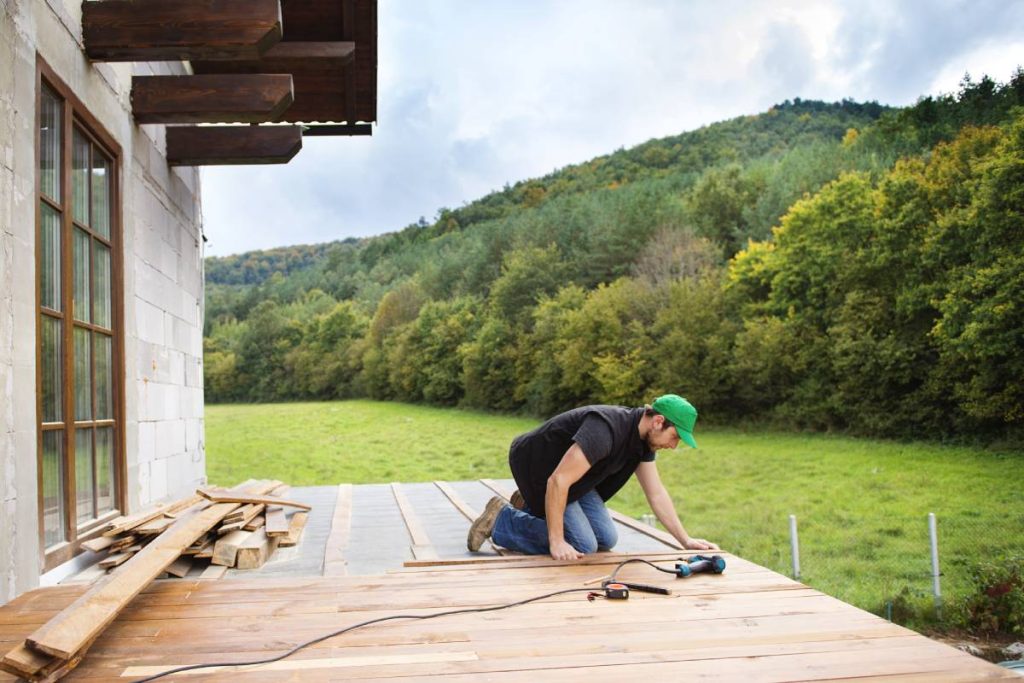Back To Basics for starting fitness again to reduce the risk of injury

Getting back into a fitness routine after a long break can feel like a daunting task. Whether you’ve taken a hiatus due to injury, a busy lifestyle, or simply a lack of motivation, the road to regaining your strength and improving your fitness can seem challenging.
However, it’s entirely possible to start working out again and achieve your fitness goals with the right approach. In this article, we’ll guide you through practical steps to ease back into exercise, explain how long it typically takes to regain your shape, and provide tips on how to rebuild lost strength effectively.
With patience, consistency, and the right mindset, you can regain your strength and improve your fitness no matter how long you’ve been inactive.
1. How to Start Working Out Again After Years of Inactivity
Starting to work out again after years of inactivity requires a gentle approach, focusing on rebuilding your fitness gradually rather than pushing yourself too hard too quickly. Here’s how to start:
Start Slow and Set Realistic Goals
When returning to exercise after a long break, many people make the mistake of jumping into high-intensity workouts, which can lead to burnout and injury.
Start with low-impact activities like walking, swimming, cycling, or simple bodyweight exercises to build cardiovascular health, strength, and mobility.
Set small, achievable goals, such as walking for 20 minutes a few days a week or adding basic strength moves gradually. These steps help build momentum and prevent injury while offering a sense of accomplishment.
Listen to Your Body
After years of inactivity, your body may not react the same way it once did to exercise. Pay close attention to how you feel during and after workouts. If you experience pain, dizziness, or severe fatigue, it’s important to back off and allow your body time to recover.
In the early stages, focus on consistency rather than intensity. Aim for moderate exercise at least three times a week, with rest days in between to allow your body to adapt. As your fitness improves, you can slowly increase the intensity, duration, and frequency of your workouts.
Focus on Flexibility and Mobility
Stretching and mobility exercises are crucial after a long break. After years of inactivity, your joints and muscles may be stiff, and your range of motion may be limited.
Incorporating dynamic stretches before workouts and static stretches afterward can improve flexibility and reduce the risk of injury.
In addition to stretching, consider adding yoga or Pilates to your routine. These activities focus on improving flexibility, mobility, and core strength while also helping with mindfulness and mental well-being, contributing to body and mind health.
Incorporate Strength Training
Strength training is essential for rebuilding muscle mass and strength. After a period of inactivity, your muscles will likely have atrophied, and strength may be diminished.
Start with bodyweight exercises like squats, lunges, and push-ups. As your strength increases, you can add resistance with dumbbells, resistance bands, or machines.
Strength training has numerous benefits, including improved bone density, better posture, and increased metabolism. Aim to incorporate strength training into your routine at least two to three times a week, with a focus on full-body exercises.
Make Recovery a Priority
Recovery is as important as exercise itself, especially after a long break. Your muscles need time to repair and grow stronger after each workout.
Be sure to get enough sleep, eat a balanced diet, and stay hydrated. Active recovery activities, such as gentle yoga or stretching, can also help your body heal.
It’s essential to listen to your body and avoid pushing yourself too hard in the beginning. Overworking yourself can lead to injury, which will only prolong your return to fitness.
2. How Long Does It Take to Get Back in Shape After a Long Break?
The time it takes to get back in shape after a long break depends on several factors, including your previous fitness level, how long you’ve been inactive, and the type of fitness goals you have.
In general, most people can begin to see improvements in their strength, endurance, and body composition within a few weeks of consistent exercise. However, achieving a significant transformation or regaining peak fitness can take longer.
A. Factors That Affect How Long It Takes to Get Back in Shape
- Duration of Inactivity: If you’ve been inactive for several years, it will take longer to regain strength and endurance compared to someone who has only been inactive for a few months.
- Previous Fitness Level: If you were highly fit before your break, you may regain strength and stamina more quickly. However, if you were new to exercise or had a lower baseline level of fitness, it may take more time.
- Age: As we age, our bodies naturally lose muscle mass and experience a decline in metabolic rate. While people of all ages can regain fitness, it may take longer as we get older.
- Consistency: Consistency is key when getting back in shape. Those who stick to a regular workout routine will see faster results. Inconsistent exercise or taking extended breaks can hinder progress.
- Intensity of Workouts: Gradually increasing the intensity and duration of workouts will lead to better results in the long run. Starting too intensely can lead to injury, whereas starting too slowly might delay progress.
B. General Timeline for Getting Back in Shape
- 1 to 2 Months: In the first month or two, you can expect to see improvements in endurance, energy levels, and overall well-being. Cardiovascular exercises like walking or swimming will help increase stamina, while strength training will start to rebuild muscle mass.
- 3 to 6 Months: By the three- to six-month mark, you should begin to notice more significant improvements in strength, muscle tone, and overall fitness. At this point, you may be able to increase workout intensity and incorporate more challenging exercises.
- 6 Months and Beyond: Significant changes in body composition, such as muscle growth and fat loss, often take six months or longer. By this time, your body will have adapted to regular exercise, and you’ll likely feel much stronger, more agile, and healthier.
3. How to Regain Lost Strength
Regaining lost strength is a gradual process, but with consistency and patience, it is entirely possible. Here are some key strategies to help you rebuild your strength after a long break:
Start with Bodyweight Exercises
Bodyweight exercises are an excellent way to start rebuilding strength without the need for heavy equipment. Exercises like squats, push-ups, lunges, and planks target multiple muscle groups and can be modified to suit your fitness level.
Start with low-intensity variations and gradually progress to more challenging forms as your strength increases. Once you’re comfortable with bodyweight exercises, you can incorporate weights or resistance bands to further challenge your muscles.
Incorporate Progressive Overload
Progressive overload is the principle of gradually increasing the intensity of your workouts to continue making gains. This can be done by increasing the weight you lift, the number of repetitions, or the intensity of the exercises you perform.
For example, if you’re lifting weights, you might start with lighter weights and gradually increase the load over time. Similarly, if you’re doing bodyweight exercises, you can increase the number of sets or reps to continue challenging your muscles.
Focus on Compound Movements
Compound movements are exercises that work multiple muscle groups at once, making them an efficient way to build strength.
Examples include squats, deadlifts, bench presses, and pull-ups. These movements activate larger muscle groups and help improve overall strength.Incorporate compound movements into your strength training routine to maximize the effectiveness of your workouts.
Allow for Adequate Recovery
Strength recovery is just as important as the workout itself. Your muscles need time to repair and grow stronger after each session. Be sure to incorporate rest days into your routine and get enough sleep to support muscle recovery.
Stay Consistent
Consistency is key when regaining lost strength. Aim to strength train at least two to three times a week and gradually increase the intensity over time. The more consistent you are with your training, the faster you will regain strength.
Conclusion
Starting to work out again after years of inactivity can be challenging, but it’s entirely possible with the right approach. Start slow, set realistic goals, and gradually increase the intensity of your workouts as your body adjusts.
With time and consistency, you’ll regain your fitness, rebuild strength, and feel stronger and healthier than ever before. Remember that patience is key regaining strength and getting back into shape is a gradual process that requires dedication and perseverance. Stay consistent, listen to your body, and celebrate your progress every step of the way.

 English
English 












































































